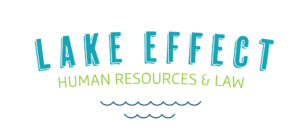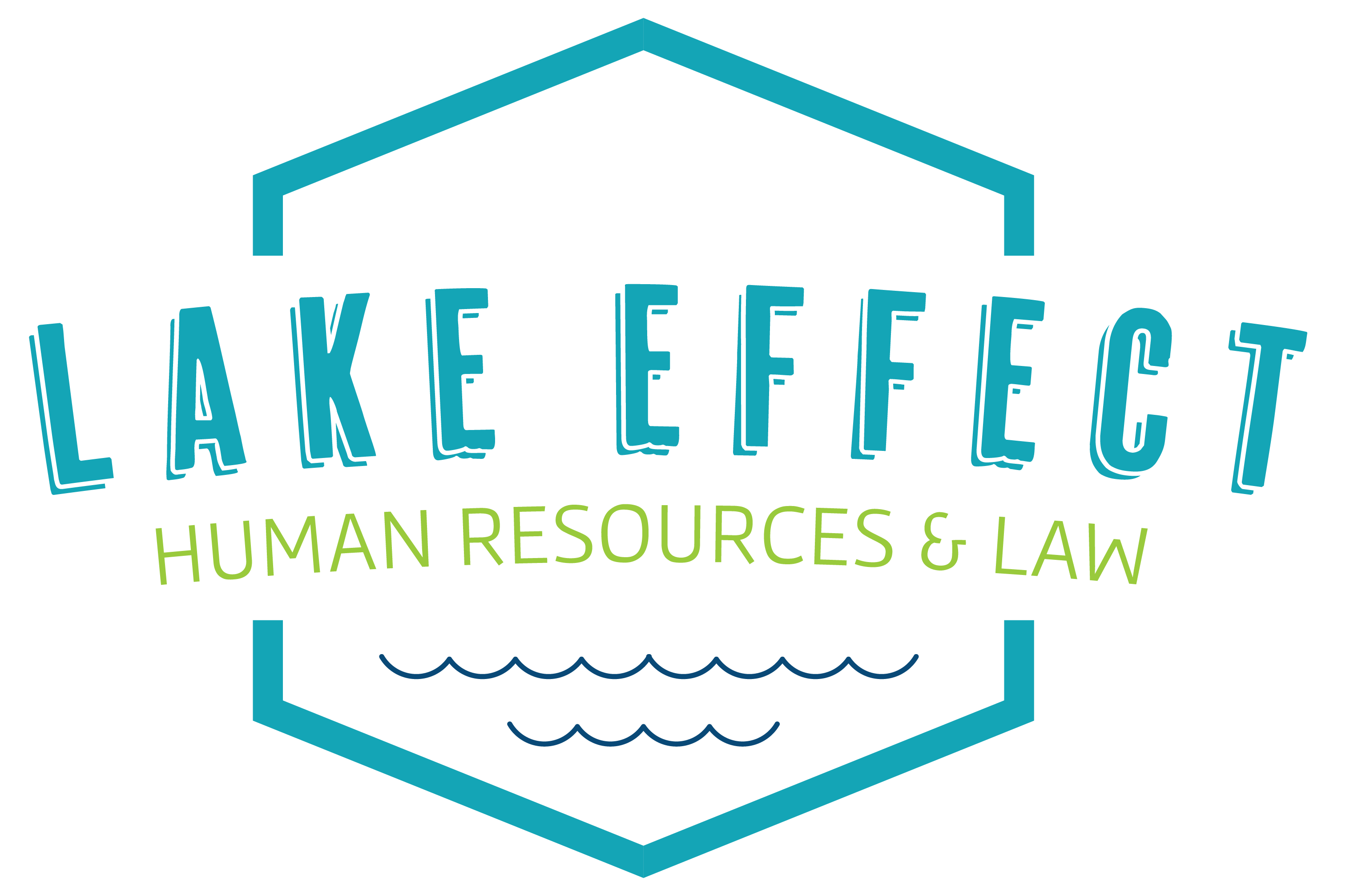The Department of Labor (DOL) recently updated its COVID-19 guidance related to the Families First Coronavirus Response Act (FFCRA) and the Fair Labor Standards Act (FLSA). This guidance from DOL addresses questions employers may confront as their communities face new public health orders and in-person school closures and delays.
FFCRA Guidance
As a reminder, employees may be eligible for up to 80 hours of leave under FFCRA’s Emergency Paid Sick Leave Act (EPSLA) and up to 12 weeks of leave under FFCRA’s Emergency Family and Medical Leave Expansion Act (EFMLEA). See our FFCRA Overview for the particular requirements of each leave program.
Employers should also note that a district court in New York recently struck down several significant FFCRA regulations, including those EPSLA regulations related to employees on temporary layoff or furlough and the expansive scope of the healthcare provider exemption for both EPSLA and EFLMLEA leaves. The impact of the ruling is not clear at this point, and we expect more information in the near future. We will keep you posted in our blogs about any changes to FFCRA as a result of that legal process and other lawsuits that are currently pending. In the interim, employers should contact legal counsel before denying a FFCRA leave request.
DOL’s guidance on FFCRA includes almost 100 frequently asked questions about the leave programs. Three that are of particular significance relate to virtual school and returning employees:
- Online Schools Are “Closed”
- Under the guidance, a school that has moved to an online platform for instruction is “closed” for purposes of FFCRA. (Question #70) This means that employees may be eligible to take up to a total of 14 weeks of continuous or intermittent EPSLA and EFMLEA leave to care for a child whose school is operating virtually. Although not specifically addressed by DOL, this guidance would also apply to schools operating a hybrid model. Under the hybrid model, the school is “closed” on those days in which a student cannot attend the physical school but open on those days when in-person instruction is offered.
- If the school offers an option for virtual or in-person instruction, the school is not “closed” and FFCRA leave is not available for caregivers who choose the virtual option.
- Employees who used some of their leave in the spring or summer when schools were closed due to COVID-19 are entitled to use their remaining amount in the fall if they are otherwise eligible.
- Requiring a Negative COVID-19 Test Before Returning to Work
- According to DOL, employers may require that an employee test negative for COVID-19 before returning to work from FFCRA leave as long as this requirement applies to all employees. (Question #94)
- However, requiring a negative test is not mandatory. Dane County employers should note that PHMDC now strongly recommends against requiring employees to test negative before returning to work. Instead, employers may rely on the CDC (or your local public health department) guidelines for monitoring symptoms over a period of time.
- Employers May Not Discriminate Based on Use of or Eligibility for FFCRA Leave
- Employers may not use an employee’s request for FFCRA leave, or an assumption that the employee will request leave, to make any employment decision, including whether to recall an employee from furlough. (Question #97)
FLSA Guidance
DOL added important clarifications for non-exempt and exempt employees in its updated FLSA guidance. The updates include:
- Flexible Scheduling for Non-Exempt Employees
- To allow “needed flexibility” during the pandemic, employers that allow their non-exempt employees to work remotely with flexible schedules do not need to count all of the time between the first and last work activity during the day as hours worked. Instead, employers only need to pay for those hours actually worked. (Question #15)
- This flexibility allows “windowed work” for non-exempt employees. Windowed work is breaking up a workday into blocks – or windows – of business and personal time while working from home.
- Changes to Exempt Employees’ Job Duties and/or Salaries
- As long as employers continue to pay the required minimum weekly salary of $684, employers may temporarily require exempt employees to perform non-exempt job duties and may prospectively reduce exempt employees’ salaries due to economic reasons related to COVID-19. (Questions #16 and #19)
- Note that exempt employees must be paid their full salary for any week during which they perform any work, with the exception of their first and last workweeks.
We are closely monitoring the impact of COVID-19 on the workplace. Keep watching for blogs and emails from your Lake Effect team for important legal updates and HR best practices. The attorneys and HR professionals at Lake Effect HR & Law are ready and willing to help. Contact us at info@le-hrlaw.com or 1-844-333-5253.




